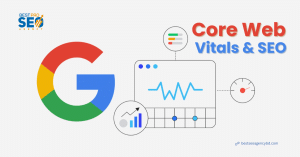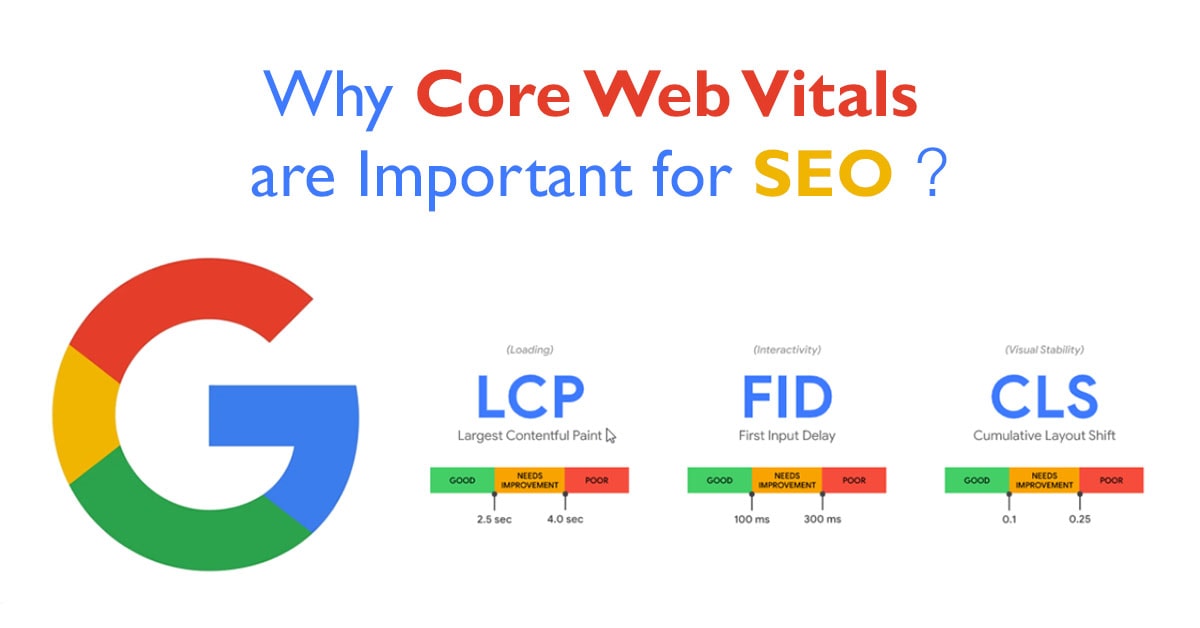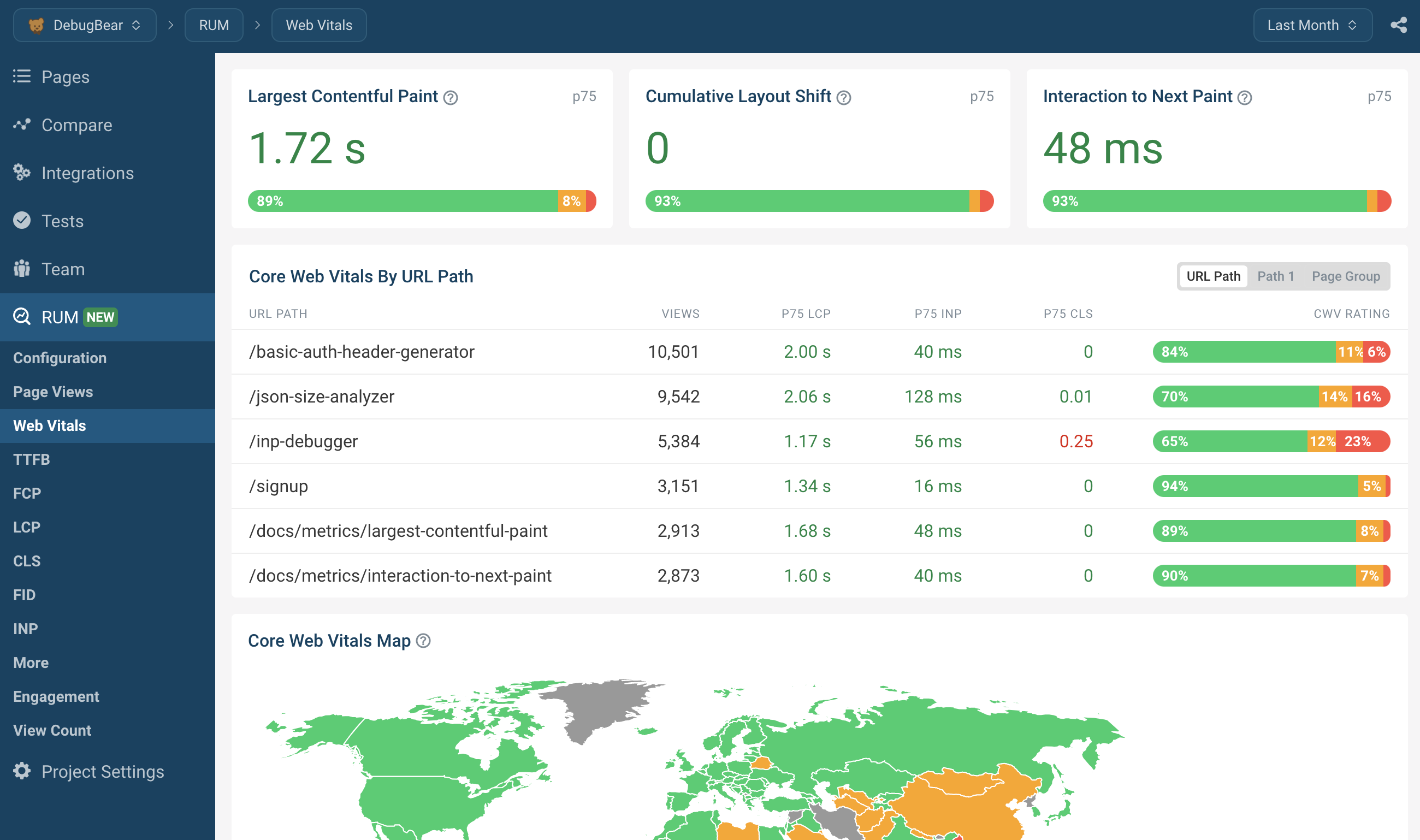
In the world of SEO, content quality and backlinks have always been crucial — but in 2025, website performance has become equally important. Google now places significant emphasis on user experience signals through Core Web Vitals, a set of metrics that measure how fast, responsive, and visually stable your website is.
If your site performs poorly on these metrics, it can negatively impact your search rankings, reduce visitor engagement, and hurt your business growth. That’s why businesses serious about SEO must prioritize optimizing Core Web Vitals as part of ongoing website maintenance and SEO strategy.
In this guide, you’ll learn what Core Web Vitals are, why they matter, how to measure and improve them, and how partnering with a trusted SEO agency like Best Pro SEO Agency can help you stay ahead of competitors.
What Are Core Web Vitals?
Core Web Vitals are a subset of metrics defined by Google to assess real-world user experience on websites. These metrics focus on three main pillars:
- Largest Contentful Paint (LCP): Measures how quickly the main content on a page loads — ideally within 2.5 seconds.
- First Input Delay (FID): Measures the responsiveness of your site when users try to interact — should be under 100 milliseconds.
- Cumulative Layout Shift (CLS): Measures visual stability by tracking unexpected layout shifts — a good score is less than 0.1.
Together, these metrics give Google insights into loading performance, interactivity, and visual stability, which directly influence user perception and SEO rankings.
Why Are Core Web Vitals Important for SEO?
Google uses Core Web Vitals as part of its ranking algorithm under the Page Experience update . Websites with excellent Core Web Vitals scores are more likely to rank higher because they provide a better user experience.
Key benefits include:
-
- Higher search rankings: Google rewards fast and user-friendly websites.
- Lower bounce rates: Visitors stay longer and engage more on sites that load quickly and don’t shift unexpectedly.
- Increased conversions: A smooth experience helps build trust and encourages purchases or inquiries.
- Competitive advantage: Many businesses still neglect these factors, so optimizing Core Web Vitals can help you outrank
Understanding Core Web Vitals in 2025
In 2025, user experience is central to SEO success. Google now integrates AI-driven user intent detection, voice search queries, and engagement signals (like clicks, calls, or directions requests) into local and global rankings.
Optimizing Core Web Vitals ensures your website remains fast, interactive, and visually stable, which directly influences both organic search rankings and conversion rates.
Tools for Measuring and Reporting Core Web Vitals
To understand how your website performs, you need to measure Core Web Vitals regularly. Here are some trusted tools:
-
- Google PageSpeed Insights: Provides detailed Core Web Vitals scores and suggestions for improvement.
- Google Search Console (Core Web Vitals Report): Tracks site-wide Core Web Vitals data over time.
- Lighthouse (Chrome DevTools): A developer tool offering deep insights into page performance.
- GTmetrix: Analyzes speed and performance with actionable recommendations.
- Web Vitals Chrome Extension: Monitors Core Web Vitals in real time as you browse.
How to Check Your Site’s Core Web Vitals Performance
- Visit Google PageSpeed Insights and enter your URL.
- Review the LCP, FID, and CLS scores.
- Check Google Search Console’s Core Web Vitals report for overall site health.
- Use Lighthouse for technical audits and deeper performance analysis.
These reports will highlight issues like slow loading images, render-blocking scripts, or unstable page layouts.
The Impact of Core Web Vitals on Search Engine Rankings
Core Web Vitals are three key performance metrics that measure how quickly, smoothly, and interactively your site loads for users:
- Largest Contentful Paint (LCP) – measures loading speed.
- First Input Delay (FID) – measures interactivity and responsiveness.
- Cumulative Layout Shift (CLS) – measures visual stability while loading.
Since June 2021, Google has officially included Core Web Vitals in its Page Experience ranking signals, alongside mobile-friendliness, HTTPS security, and safe browsing. This means:
- Better scores = higher chances of ranking well (especially when competing against sites with similar content relevance and backlink strength).
- Poor scores can hurt rankings because slow or unstable pages cause users to leave — which signals to Google that your site is less satisfying to visitors.
- For local SEO and e-commerce, Core Web Vitals are even more critical, because speed and usability directly affect both conversions and visibility.
In short — Core Web Vitals don’t replace content and backlinks as ranking factors, but they can be the deciding factor when two sites are otherwise equal.
Step-by-Step Core Web Vitals Audit
A systematic audit helps identify areas for improvement:
- Visit Google PageSpeed Insights and enter your URL.
- Review LCP, FID, and CLS scores.
- Check Google Search Console’s Core Web Vitals report for overall site health.
- Use Lighthouse for technical audits and deeper performance analysis.
- Identify slow-loading images, render-blocking scripts, or layout shifts.
How to Improve Core Web Vitals Scores
Optimizing Core Web Vitals requires both technical fixes and ongoing maintenance:
Improve LCP:
- Optimize and compress images, using modern formats like WebP.
- Enable browser caching and implement a CDN (Content Delivery Network).
- Minimize JavaScript and CSS blocking.
- Upgrade to faster hosting solutions.
Reduce FID:
- Defer non-critical JavaScript.
- Optimize event handlers for efficiency.
- Minimize third-party scripts that slow interactivity.
Lower CLS:
- Reserve space for images, ads, and embeds using size attributes or CSS.
- Avoid inserting content dynamically above existing content.
- Use
font-display: swapto prevent invisible text during font loading.
Internal Link: For local visibility, combine Core Web Vitals with Local SEO in 2025.
Core Web Vitals and Mobile SEO
Mobile-first indexing makes mobile optimization critical. Websites with poor mobile performance:
- Lose visibility in search results.
- Frustrate visitors, increasing bounce rates.
- Reduce conversions and local customer engagement.
Optimizing Core Web Vitals ensures fast mobile load times, stable layouts, and smooth interactions.
Internal Link: Learn mobile SEO tactics in Don’t Let a Slow Website Kill Your SEO – Here’s How to Fix It.
Common Core Web Vitals Mistakes to Avoid
- Oversized images that delay page loading.
- Excessive third-party scripts that slow interactivity.
- Dynamic content causing layout shifts.
- Not using a CDN for global visitors.
- Ignoring mobile performance issues.
Correcting these mistakes improves both search rankings and user trust.
How a Professional SEO Agency Can Help with Core Web Vitals
Fixing Core Web Vitals issues can be technical and time-consuming. A professional SEO agency like Best Pro SEO Agency can:
- Conduct a comprehensive Core Web Vitals audit
- Implement technical fixes following Google’s best practices
- Monitor site performance continuously with advanced tools
- Integrate Core Web Vitals optimization into your broader SEO strategy
- Ensure updates follow the latest Google algorithm changes.
- Partnering with experts saves time, improves rankings, and increases revenue.
Explore comprehensive SEO services in Monthly SEO Services in 2025: Are They Really Worth the Investment?
FAQ
Q1: What are the three pillars of Core Web Vitals?
Core Web Vitals focus on three user experience metrics:
- Largest Contentful Paint (LCP): Measures how quickly the main content on a page loads. Ideally, this should happen within 2.5 seconds or faster.
- First Input Delay (FID): Measures how quickly a page responds when a user first interacts, like clicking a button or tapping a link. The target is 100 milliseconds or less.
- Cumulative Layout Shift (CLS): Measures how stable the visual elements are while loading. A CLS score below 0.1 ensures a stable, frustration-free browsing experience.
Q2: Why are Core Web Vitals important?
Google has made Core Web Vitals an official ranking factor, meaning poor scores can hurt your search visibility. But it’s not just about rankings — these metrics directly impact user satisfaction. Fast, responsive, and stable pages lead to longer visits, lower bounce rates, and higher conversions.
Q3: Where can I find my Core Web Vitals scores?
You can easily track your Core Web Vitals using:
- Google PageSpeed Insights – Free tool showing mobile and desktop performance scores.
- Google Search Console – Gives site-wide Core Web Vitals reports based on real user data (CrUX).
- Lighthouse – Built into Chrome DevTools for in-depth performance audits.
Q4: How do I improve Core Web Vitals scores?
- LCP: Compress and optimize images, use a fast hosting provider, and enable caching.
- FID: Minimize or defer non-essential JavaScript, reduce third-party scripts, and use browser caching.
- CLS: Always set fixed dimensions for images, ads, and embeds to avoid sudden content shifts.
Also, consider using a Content Delivery Network (CDN) for faster global delivery.
Q5: How long does it take to see improvements after optimization?
Typically, 2–6 weeks after making changes, Google’s systems will detect and reflect improvements during re-indexing. However, results can vary depending on site crawl frequency and how extensive your updates are.
Final Thoughts
Core Web Vitals are a critical factor in your website’s SEO success in 2025 and beyond. Ignoring them risks lower rankings, poor user experience, and lost customers. Investing in expert Core Web Vitals optimization ensures your site loads quickly, responds instantly, and remains visually stable — all crucial for staying ahead in Google’s search results.
Partner with a trusted SEO agency like Best Pro SEO Agency to boost your site’s performance and watch your rankings and conversions soar.




